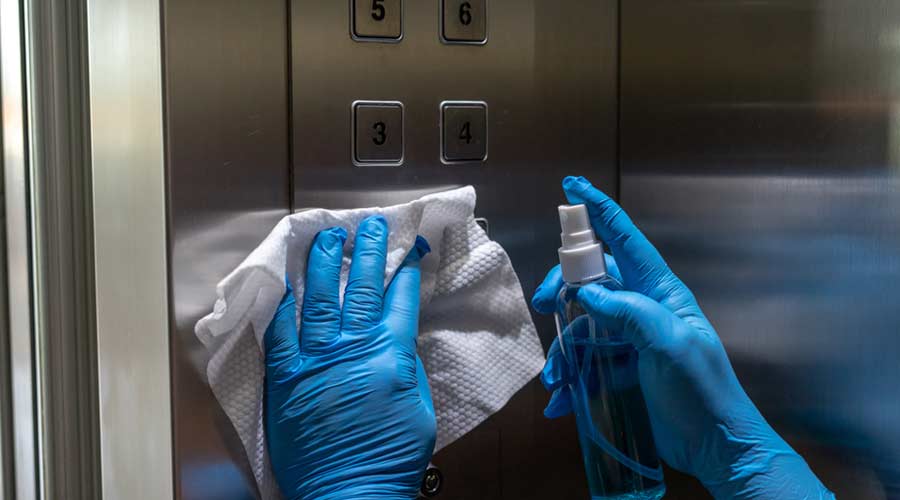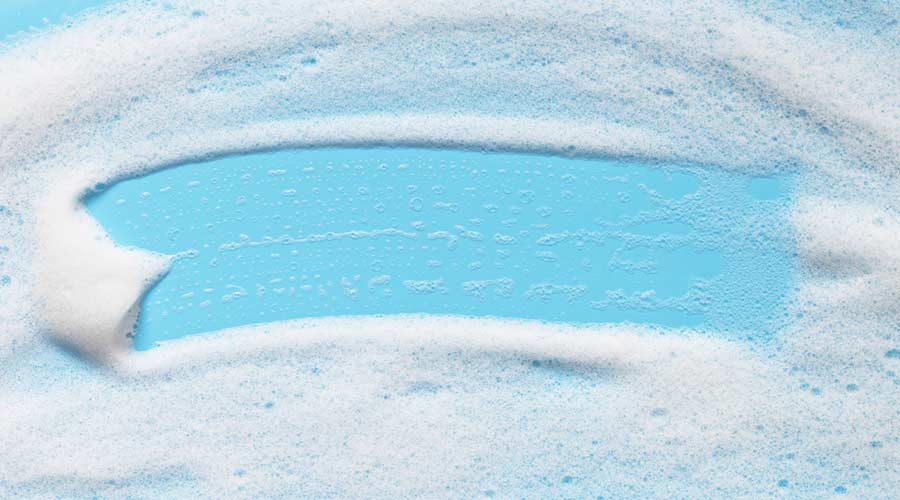
Day cleaning introduces a level of visibility and accountability that nighttime operations can lack. Because cleaning is done in real-time, while the space is in use, building occupants can immediately provide feedback or request specific services. For example:
- Overflowing trash can be addressed on the spot.
- Spills or hazards are dealt with before they become problems.
- Restrooms can be maintained throughout the day, not just at night.
This visibility not only improves service quality but also encourages cleaning staff to maintain higher standards. Occupants are more likely to respect and maintain a clean space when they see it being actively cared for.
Additional Benefits
Hygiene and cleanliness remain top-of-mind concerns for both employees and employers—especially in a post-pandemic world. With cleaning occurring throughout the day, touchpoints like door handles, elevator buttons, and shared workspaces can be sanitized multiple times daily instead of just once at night. This continuous attention to hygiene helps reduce the spread of germs and supports a healthier workplace. Reduced absenteeism due to illness can boost productivity and employee well-being.
Day cleaning also enables more seamless integration between cleaning teams and facility management. Because both groups are working the same hours, there are more opportunities for collaboration, inspections, and proactive maintenance. For example:
- Building managers can give real-time direction to cleaning teams.
- Maintenance requests can be escalated and resolved more quickly.
- Cleaning crews can assist in identifying wear-and-tear issues early.
This close coordination leads to more efficient operations and better long-term outcomes for the facility. It also aids in an improved culture.
Historically, cleaning has been viewed as a behind-the-scenes function, best kept out of sight. However, modern workplace culture is increasingly embracing transparency and inclusiveness. Day cleaning reflects this shift.
Employees and visitors who witness cleaning taking place throughout the day are reminded that cleanliness and safety are valued organizational priorities. This visibility can change perceptions of janitorial work and foster a greater appreciation for those who keep the space clean and safe. Moreover, companies that highlight their use of day cleaning as part of sustainability and wellness initiatives often find it enhances their brand reputation—particularly among environmentally and socially conscious stakeholders.
Overcoming Challenges
Despite its many benefits, day cleaning is not without challenges. Common concerns include:
- Disruption of work activities.
- Noise from vacuums or equipment.
- Privacy in sensitive office areas.
However, these issues are often manageable with proper planning. Solutions include:
- Using low-decibel “quiet” vacuums, microfiber tools, and low-VOC cleaning chemicals.
- Training staff to be discreet and courteous.
- Establishing cleaning schedules that avoid peak productivity times.
- Communicating cleaning zones and times to occupants.
Many facilities have successfully adopted hybrid models, where routine tasks are handled during the day and deeper cleaning is reserved for occasional off-hours work.
When done correctly, day cleaning can represent a paradigm shift in how cleaning is viewed. Far from being a mere cost-cutting trend, it offers a holistic improvement in sustainability, safety, staff welfare, and operational efficiency. As more organizations strive to meet sustainability initiatives, reduce overhead costs, and foster healthier building environments, the case for day cleaning becomes even more compelling.
Facilities that embrace this change not only benefit in the short term, but also position themselves as forward-thinking, responsible stewards of their spaces. With the right planning and commitment, day cleaning is not just possible—it’s a smarter way to clean.
Keith Schneringer has been in the sanitary supply industry since 1990 and is currently the Senior Director of Marketing Jan/San + Sustainability for BradyPLUS. In his current role, Keith is responsible for marketing to the jan/san and facility care industry, for developing vertical-market-specific programs to better assist customers, and for leading the company's sustainability initiatives.
Day Cleaning Leads to Energy Savings

 Celebrating BSCAI's 60th Anniversary eBook
Celebrating BSCAI's 60th Anniversary eBook The Down and Dirty on Cleaning in Virus Season
The Down and Dirty on Cleaning in Virus Season How Surfactant Use is Expanding in Commercial Cleaning
How Surfactant Use is Expanding in Commercial Cleaning